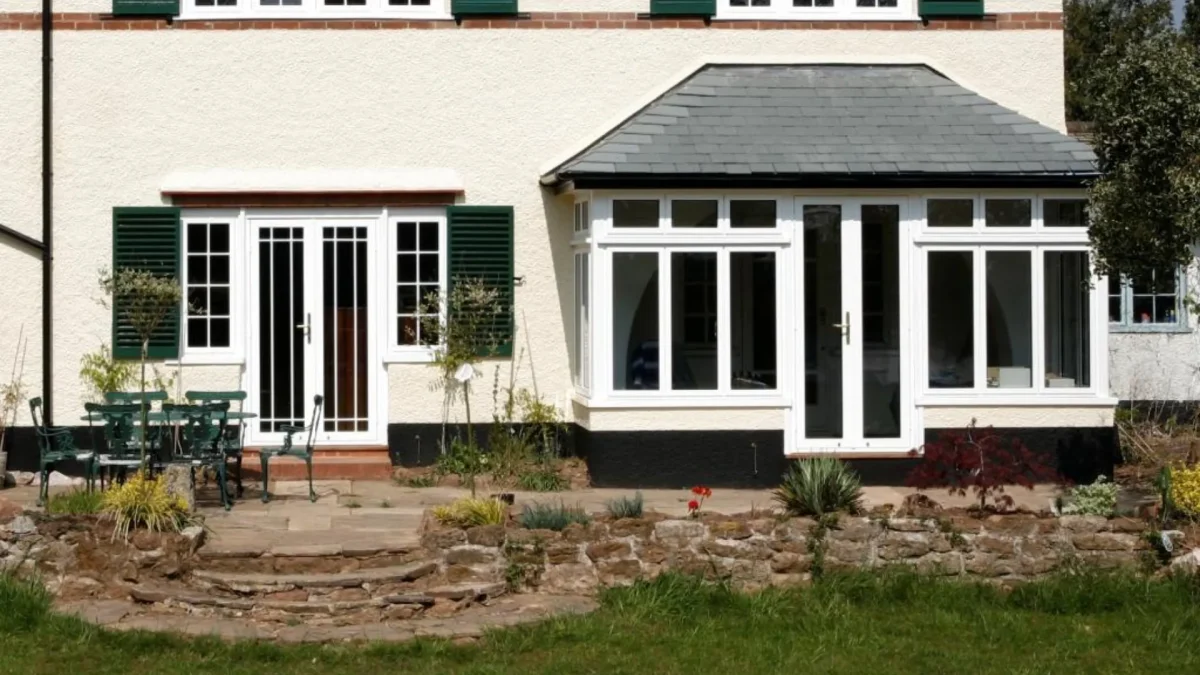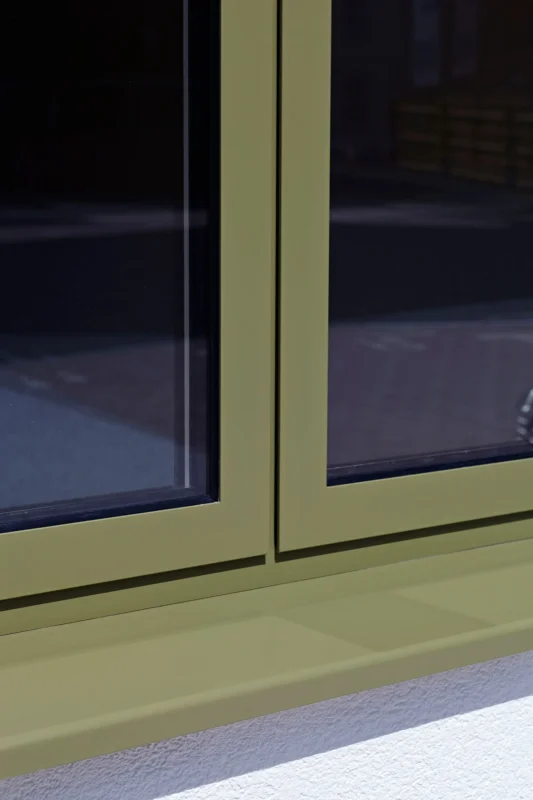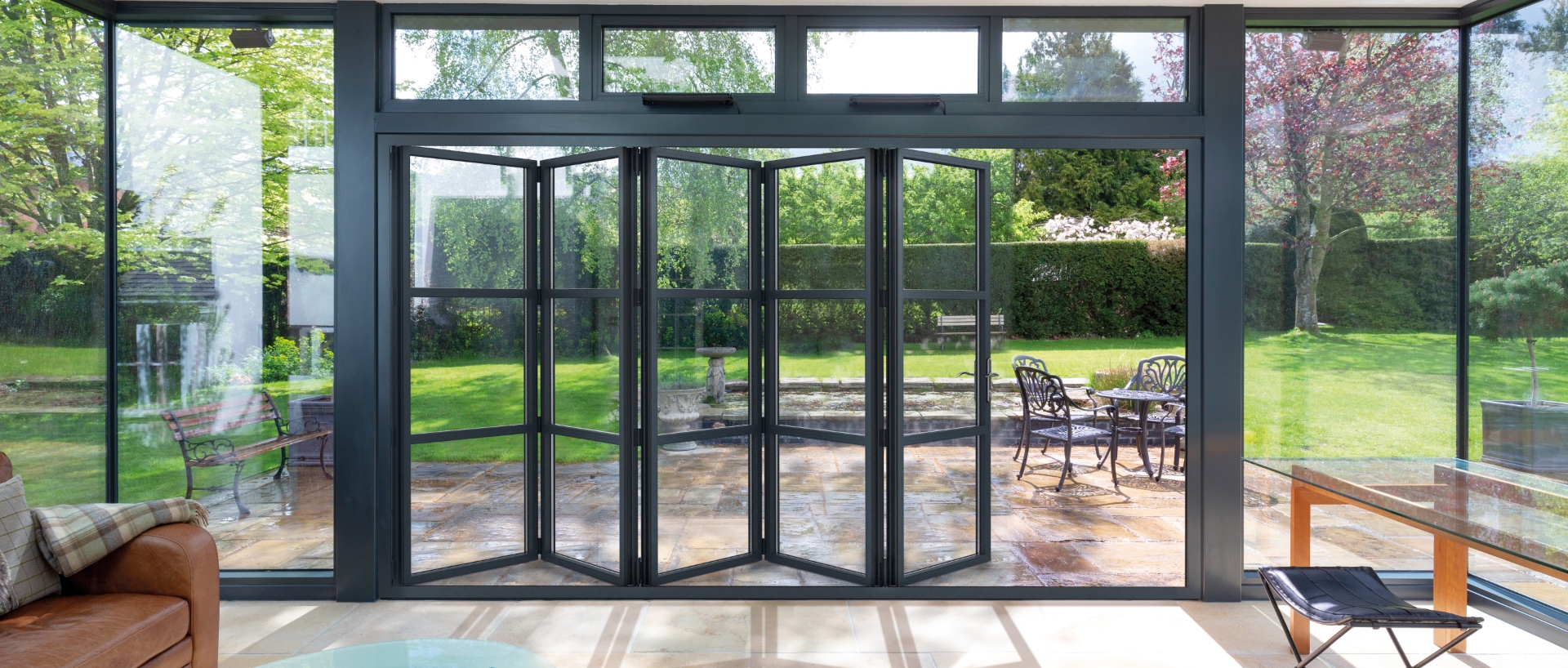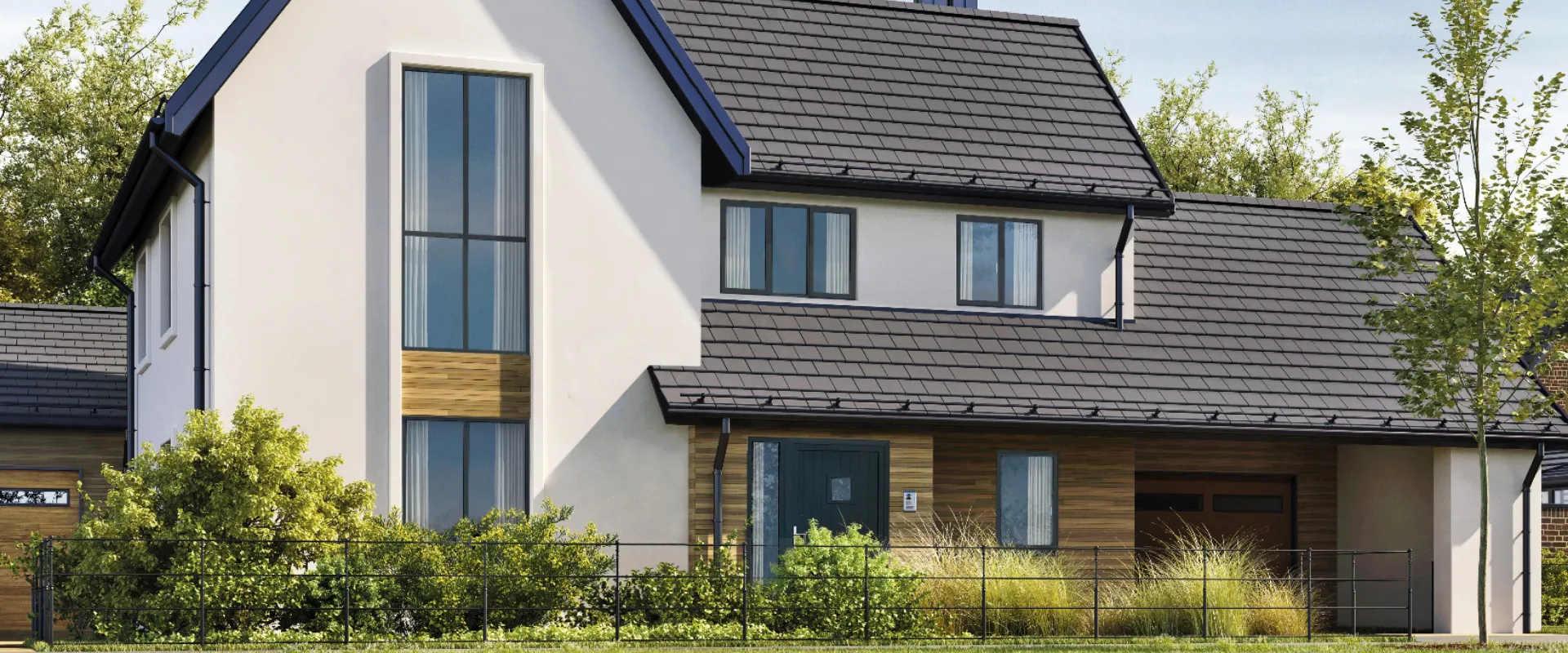There’s a stubborn myth in our industry that aluminium simply can’t be used on properties in conservation areas. You’ve probably heard it yourself, maybe even from a client, a planning officer, or another installer.
It’s time to set the record straight. In this blog, we’ll break down the facts, showing you where aluminium absolutely can be specified, and explaining why BDC’s high-performance systems are the smart, compliant choice for heritage-sensitive projects.
Common Objections to Aluminium in Conservation and Heritage Zones
If you’ve ever worked on a property in a conservation area, you’ll know how quickly the topic of materials can spark debate. Aluminium often gets dismissed, with many assuming it’s just not permitted. Over time, that assumption has become so widespread it’s almost treated as fact.
Most of this hesitation comes from a genuine desire to protect the character of heritage properties. The assumption is that timber is the only material capable of delivering the right look and feel, and that planning rules are set in stone. In reality, those rules are often more flexible than people realise, especially when the product is designed to match the original style of the building.
Modern aluminium systems have moved a long way from the chunky, industrial frames that might have fuelled the myth years ago. Today’s designs can replicate traditional sightlines, mimic period profiles, and be finished in coatings that convincingly resemble painted timber. The result is a product that keeps the conservation officer happy and meets the performance demands of modern living.
The real hurdle isn’t aluminium’s suitability; it’s overcoming outdated perceptions. Once clients and planning bodies see what’s possible, the conversation quickly shifts from ‘You can’t’ to ‘Why wouldn’t you?’.
What Windows and Doors Are Allowed in UK Conservation Areas – A Guide for Installers
When replacing windows and doors in a UK conservation area, the number one priority is preserving the building’s historic character. Local authorities will expect replacements to match the originals in style, proportion, and overall appearance. That could mean timber sash windows for a Victorian terrace, casement windows for a Georgian cottage, or steel frames for an Art Deco block.
Timber has long been the go-to option thanks to its traditional look, while steel is still specified for certain period buildings. But things are changing. Heritage-friendly aluminium systems are increasingly approved when they closely replicate the original design. With the right profiles, sightlines, and finishes, aluminium can deliver a convincing period appearance – plus the performance benefits that modern projects demand.
For installers, this opens the door to more creative and practical solutions. By understanding the building’s style and the local authority’s priorities, you can recommend options that tick both the compliance and performance boxes. Whether that means traditional timber, thermally broken steel, or aluminium, the key is selecting a product that satisfies planning without compromising on quality or durability.

Slimline Aluminium Windows and Doors with Heritage Colour Matching from BDC
When working in conservation areas, it’s the finer details that secure the green light. Frame depth, sightlines, and even the exact shade of a window or door’s finish can tip the scales with a conservation officer.
That’s where BDC’s slimline aluminium systems excel. They’re designed to mirror the proportions of traditional timber or steel frames, giving you the authentic look required for heritage settings – with all the benefits of modern aluminium: strength, durability, and minimal maintenance.
Our heritage colour-matching service allows you to specify powder-coated finishes that seamlessly blend with existing architecture – whether that’s soft heritage whites, deep period greens, or classic black. This enables you to meet aesthetic requirements without sacrificing the performance your clients expect.
By combining authenticity with advanced engineering, BDC makes it simple for installers to deliver compliant, beautiful results that last for decades.
Aluminium Windows and Doors Can Be Traditional Too – Here’s Why
The belief that aluminium has no place in conservation areas is quickly becoming outdated. When it’s designed with the right proportions, profiles, and finishes, aluminium can meet even the strictest heritage requirements, all while offering far greater performance and longevity than many traditional materials.
For installers, that means more choice, more flexibility, and more opportunities to deliver results your clients will love for years. Aluminium can echo the warmth of timber or the elegance of steel, while bringing modern-day benefits like low maintenance, thermal efficiency, and structural strength.
So, the next time you’re quoting for a project in a conservation area, remember tradition and innovation aren’t enemies. With the right system, aluminium can be as heritage-friendly as its more conventional counterparts, and often the smarter long-term choice.

Get in touch today!
Looking for an aluminium partner for your next conservation project? Call us today on 01245 474747, email us at sales@bdcaluminium.co.uk or simply fill out our online contact form to get in touch with one of our experts.



